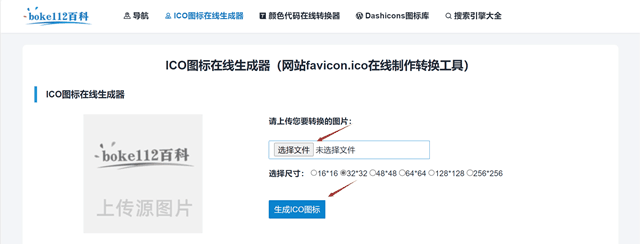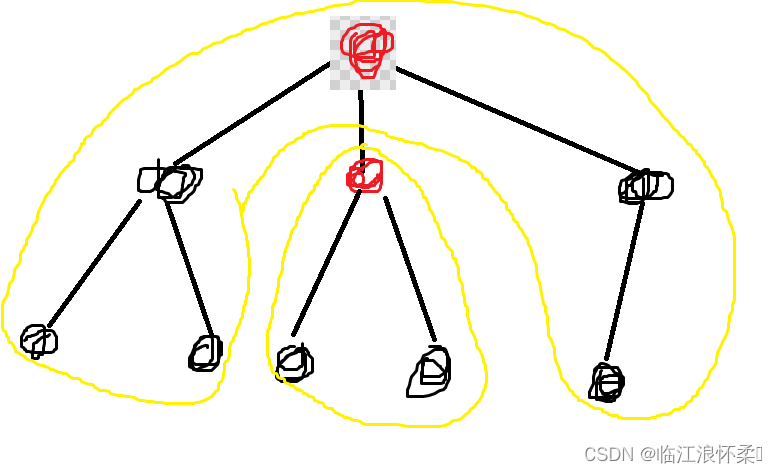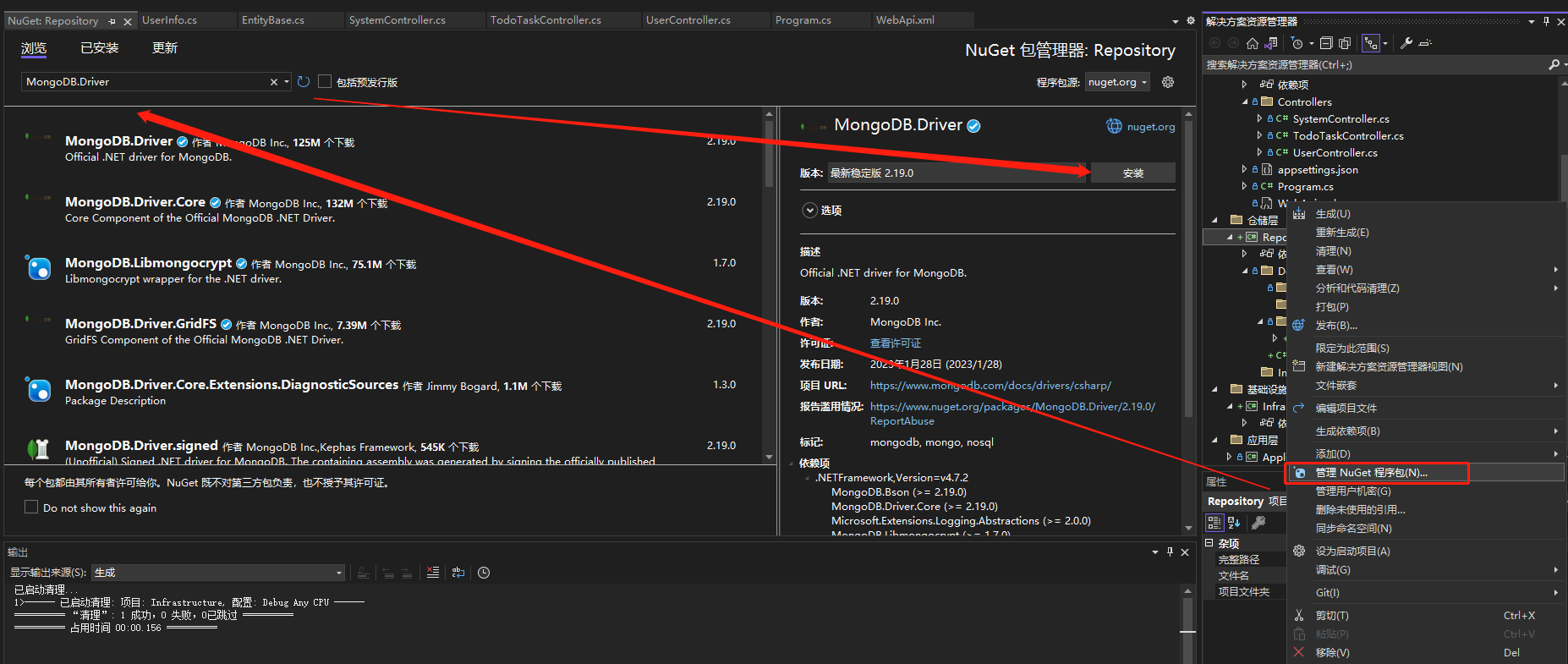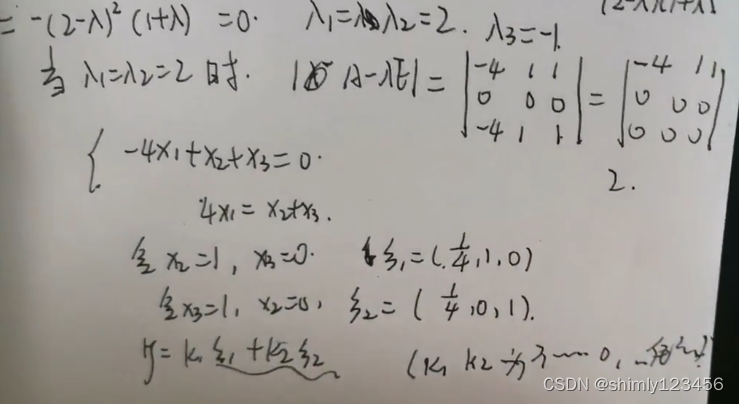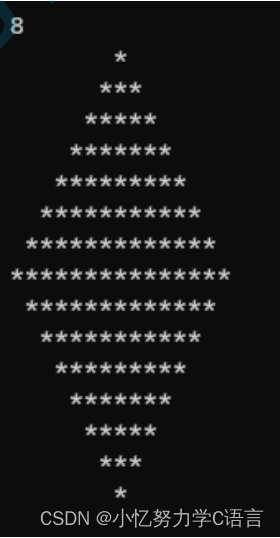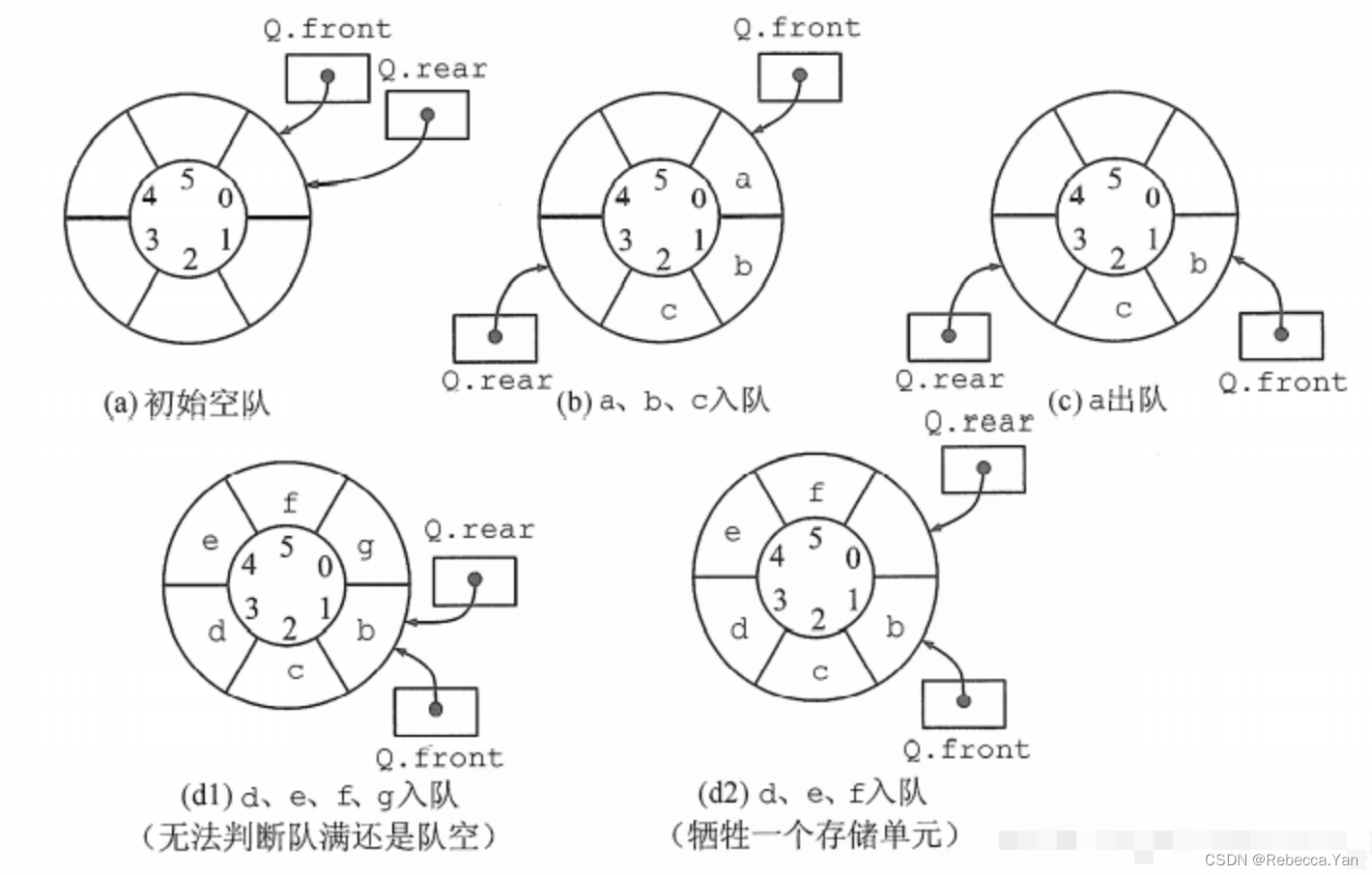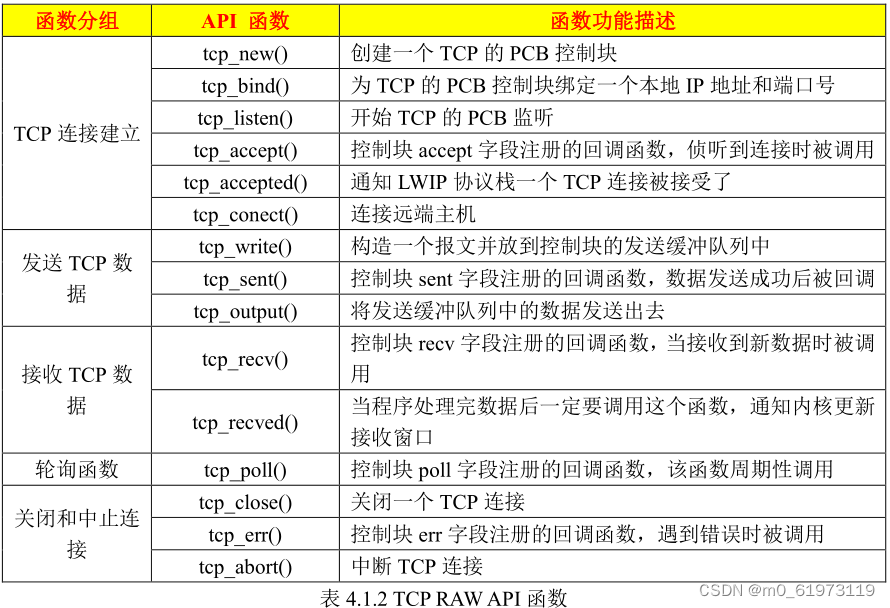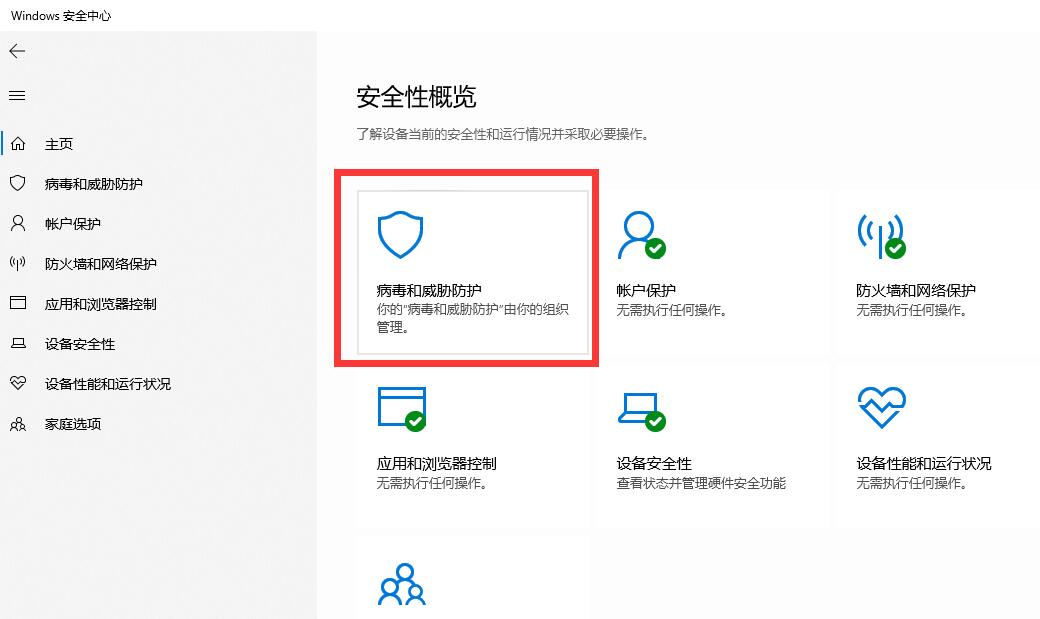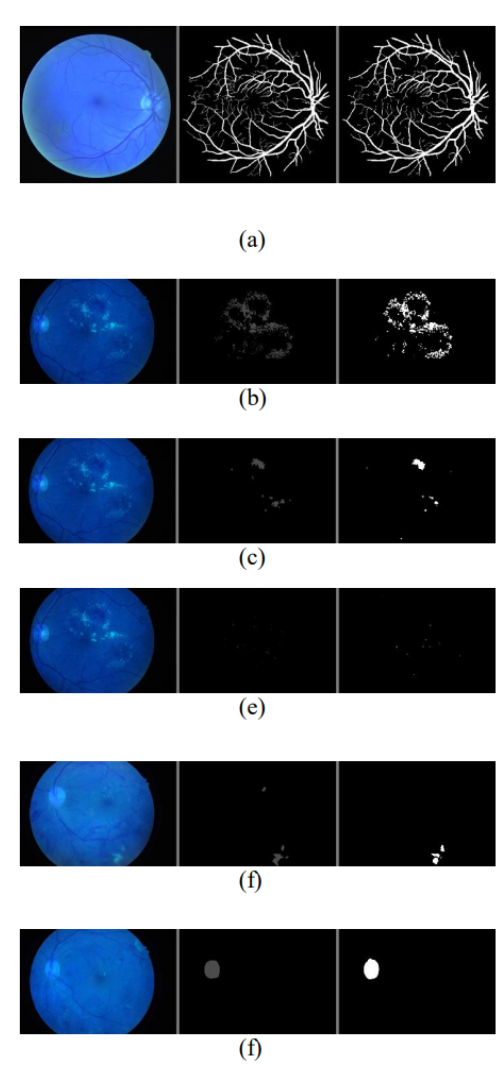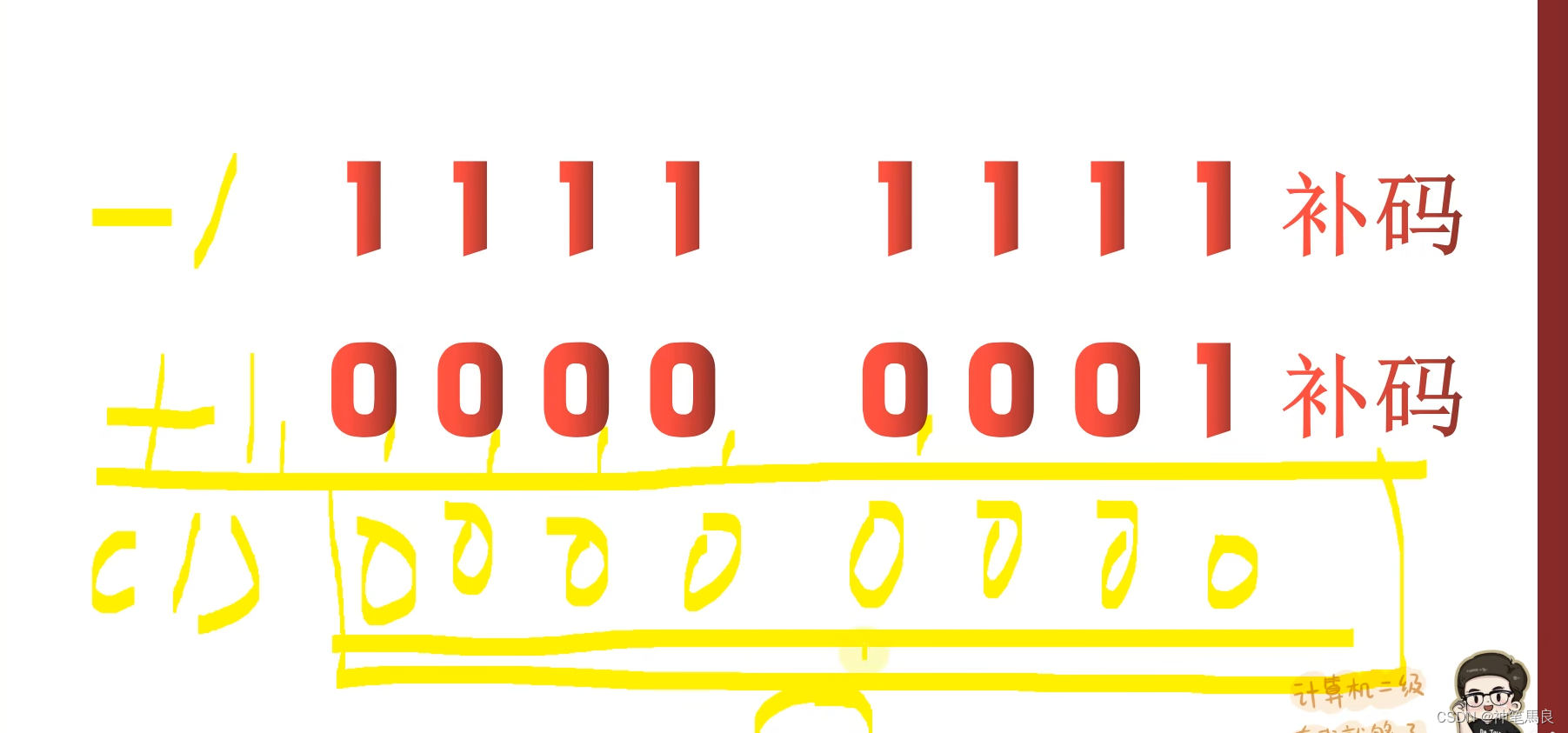在深度学习中,"decbbox" 通常指的是 "Decode Bounding Box",即解码边界框。这是在目标检测任务中常见的一个步骤,用于将网络输出的边界框参数(通常是相对于某种参考框的偏移量或者缩放参数)转换为实际图像中的边界框坐标。
通常在目标检测网络中,最后一步会输出一些预测框,这些框需要通过解码过程转换为在原始图像中的真实位置和大小。解码边界框的具体方法通常根据不同的检测模型而有所不同,但基本思路是将网络输出的相对位置参数转换为绝对位置参数。
一种常见的解码方法是使用锚框(anchor box)或先验框(prior box)作为参考框。网络通常会输出预测框与参考框之间的偏移量或者缩放参数,解码过程就是利用这些参数来调整参考框,从而得到最终的目标检测框。

C++实现的代码如下:
在这个示例中,假设网络输出了边界框的中心坐标、宽度和高度的相对值,以及参考框的中心坐标、宽度和高度。解码函数将使用这些参数来计算并返回实际图像中的边界框坐标。
#include <iostream>
// 定义解码边界框函数
void decodeBBox(float predCenterX, float predCenterY, float predWidth, float predHeight,
float anchorCenterX, float anchorCenterY, float anchorWidth, float anchorHeight,
float& decodedX1, float& decodedY1, float& decodedX2, float& decodedY2) {
// 计算预测框的中心坐标在原图上的位置
float centerX = predCenterX * anchorWidth + anchorCenterX;
float centerY = predCenterY * anchorHeight + anchorCenterY;
// 计算预测框的宽度和高度在原图上的实际大小
float width = anchorWidth * exp(predWidth);
float height = anchorHeight * exp(predHeight);
// 计算预测框的左上角和右下角坐标
decodedX1 = centerX - width / 2.0f;
decodedY1 = centerY - height / 2.0f;
decodedX2 = centerX + width / 2.0f;
decodedY2 = centerY + height / 2.0f;
}
int main() {
// 定义网络输出的参数
float predCenterX = 0.2f;
float predCenterY = 0.3f;
float predWidth = 0.1f;
float predHeight = 0.2f;
// 定义参考框的参数
float anchorCenterX = 100.0f;
float anchorCenterY = 100.0f;
float anchorWidth = 50.0f;
float anchorHeight = 50.0f;
// 定义变量来存储解码后的边界框坐标
float decodedX1, decodedY1, decodedX2, decodedY2;
// 调用解码函数
decodeBBox(predCenterX, predCenterY, predWidth, predHeight,
anchorCenterX, anchorCenterY, anchorWidth, anchorHeight,
decodedX1, decodedY1, decodedX2, decodedY2);
// 输出解码后的边界框坐标
std::cout << "Decoded Bounding Box: (" << decodedX1 << ", " << decodedY1 << ") - ("
<< decodedX2 << ", " << decodedY2 << ")" << std::endl;
return 0;
}
对于深度学习模型中的解码边界框(Decode Bounding Box)的操作,通常是在模型的推理阶段进行的,而且在现代的深度学习框架中,通常会进行高度优化,以提高推理速度。这意味着在常规的硬件上,解码边界框的过程通常已经被高度优化,以实现快速的处理。
一些深度学习框架可能提供针对解码边界框操作的专用实现,这些实现通常会针对特定硬件进行优化,以提高性能。例如,TensorFlow 中的 TensorFlow Lite(用于移动和嵌入式设备的版本)和 TensorFlow Lite GPU Delegate 等工具可以针对移动设备和 GPU 进行优化,以提高边界框解码的速度。
另外,在一些特定的硬件加速器上,如 NVIDIA 的 TensorRT、Intel 的 OpenVINO 等,也提供了针对深度学习模型推理的优化加速功能,其中包括了解码边界框的快速处理。
